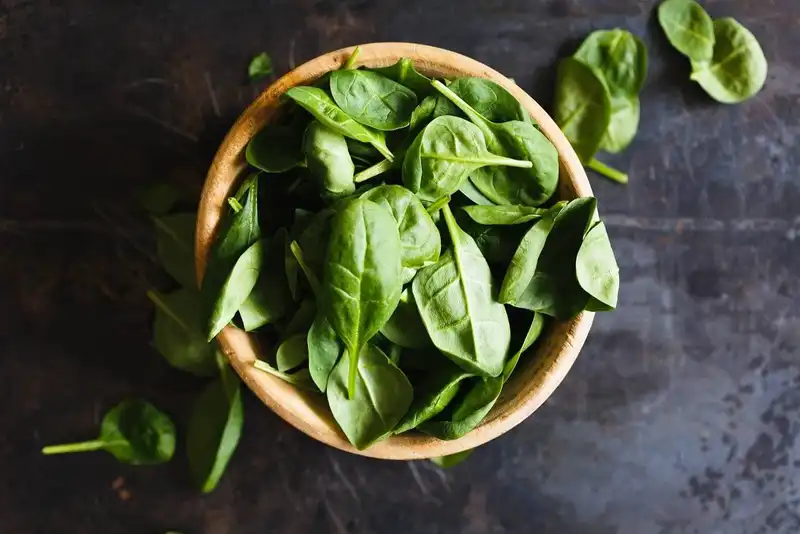The Causes of Foodborne Illness
3 Causes Foodborne Illness

There are three categories of hazards that cause foodborne illnesses. Safety education outlining each hazard can help when it comes to disease control. When food safety education procedures are not followed it can cause illness. Older adults, young children, pregnant women and those with weakened immune systems can develop long term health care needs.
Centers Disease Control notes the following as causes of foodborne diseases when discussing health topics and public health-
1. Biological
Biological hazards are what usually comes to mind when someone thinks about food poisoning and for good reasons. These hazards play a prominent role in causing many foodborne illness outbreaks. Bacteria, viruses, parasites and prions are all agents related to the biological hazards.
Many foods already contain inborn microbes. Safe food handling and food preparation is where the risk of contamination can be reduced. Proper food safety methods should be followed at all time for disease control prevention.
2. Chemical
Chemical hazards include toxins from natural sources. For example, eating too much seafood can caused mercury poisoning. This can result in brain and liver failure. Poison mushrooms would also be a type of chemical cause of foodborne illness.
Food allergens are also labeled as chemical hazards. The top food allergens are milk, soy, nuts, wheat and fish. Cross-contamination can become a problem for those individuals who suffer from food allergies.
3. Physical
Physical hazards come from manufacturing equipment that is faulty or broken. Small fragments of the machines, broken glass, plastic shards, and metal shavings can all become a cause of foodborne illness. To avoid contaminated the foods they produce, manufacturers have strict screening processes. When adhered to, the standards will help eliminate faulty equipment that could become a source of contamination.
How to Avoid the Cause of Foodborne Illness
Contaminated food can cause foodborne illness, possible outbreaks, and even financial woes. However, if care is taken when handling and preparing food, it can diminish the risk of food poisoning occurring. The health department has created food safety standards have been created as easy-to-follow guides which will help curb biological, chemical or physical hazards wherever food is being stored.
Biological Hazards
- Proper food preparation is the first step in avoiding biological hazards.
- Cooking food thoroughly will eliminate most bacteria and fungi. For example, the internal temperature of raw meat should be closely observed to ensure it doesn't become contaminated.
- Raw fruits and ready eat vegetables need to be washed with cool water before use.
- Meats and dairy products should always be stored in containers and refrigerated when not in use to prevent bacterial growth.
- Raw milk or unpasteurized milk should never be consumed.
- Wash hands with soap and warm water will decrease the risk of foodborne illness.
- Utensils and cutting boards should be properly cleaned between use. Raw food prep should be separated from cooked foods.
Chemical Hazards
- Chemicals should be labeled as hazardous. They should also be stored away from food products, food prep and cooking areas.
- Only food-grade cleanser and soapy water should be used to sanitize food prep equipment.
- In the food service industry, updated Safety Data Sheets should be stored with easy access for all employees. These documents will inform the user the toxicity levels of the chemical.
- Only use food-grade utensils and serving equipment. Other equipment can have toxic materials that can contaminate food and lead to heavy-metal poisoning.
- Stainless steel equipment is a safer cooking alternative to others. If copper pots and pans are used, they should be lined with stainless steel.
- Physical hazards can be a danger externally and also internally if it gets in the food supply.
- Shatterproof glass should be used when cooking. Additionally, metal or plastic scoops should be used for scooping ice and stored near the machine.
- Lightbulbs in the cooking area should be covered with a mesh shield.
- If foods are suspected of contamination, it should be thrown out immediately.
- Wire brushes shouldn't be used when cleaning grills. If a bristle breaks off and finds its way into the food, it can puncture the lining of the intestinal wall and allow bacteria to seep into the bloodstream.
- Can openers that are in good condition and cut cleanly.
- Foodservice employees should wear their hair back and covered.
- Jewelry and nail polish or fake nails should not be worn by a food preparer.
- If a bandage is worn on the fingers it should be covered with gloves to prevent the finger cot from falling into food.
- Commercial kitchens should have a system in place to prevent any food tampering. Limiting kitchen access is a good first step at creating such a system.
Understanding Foodborne Illness

- Biological, chemical, and physical hazards are the most common causes of foodborne illness.
- Cooking food thoroughly will eliminate most bacteria and fungi.
- In the foodservice industry, it's important to stay up-to-date with safety procedures.
- Keep food in closed containers when not in use.





